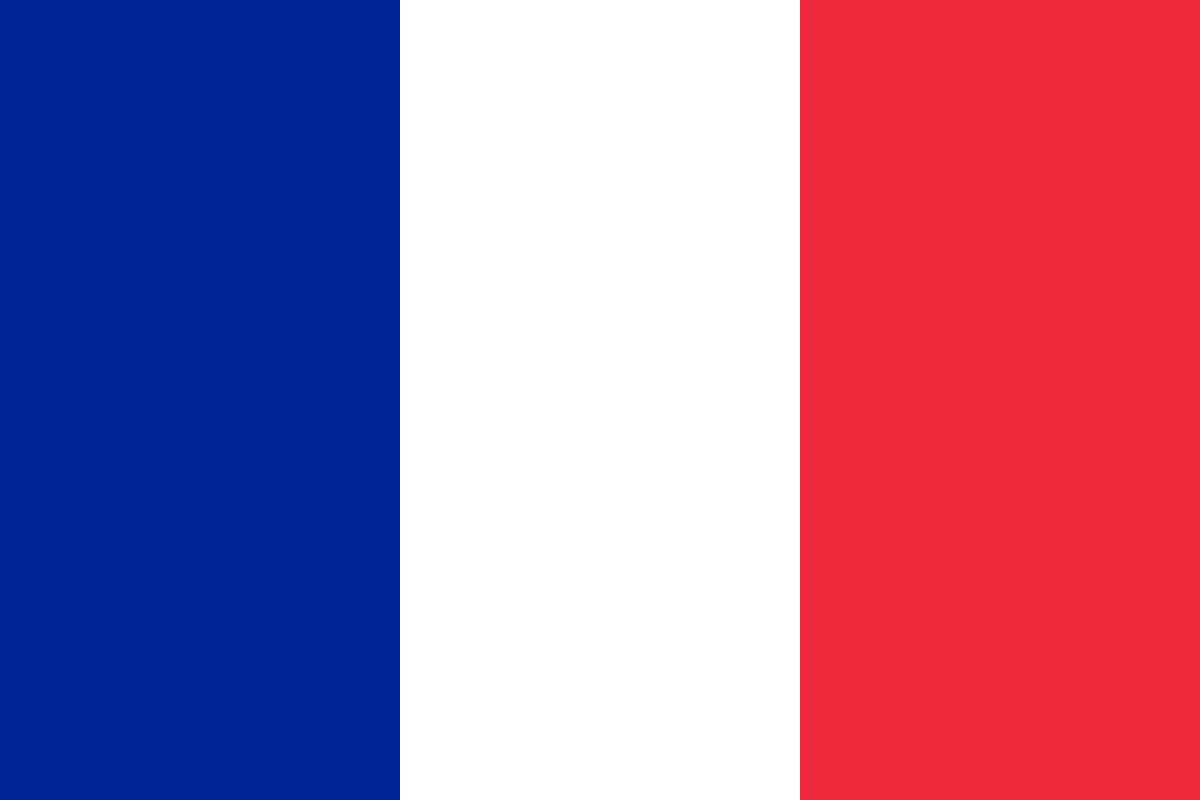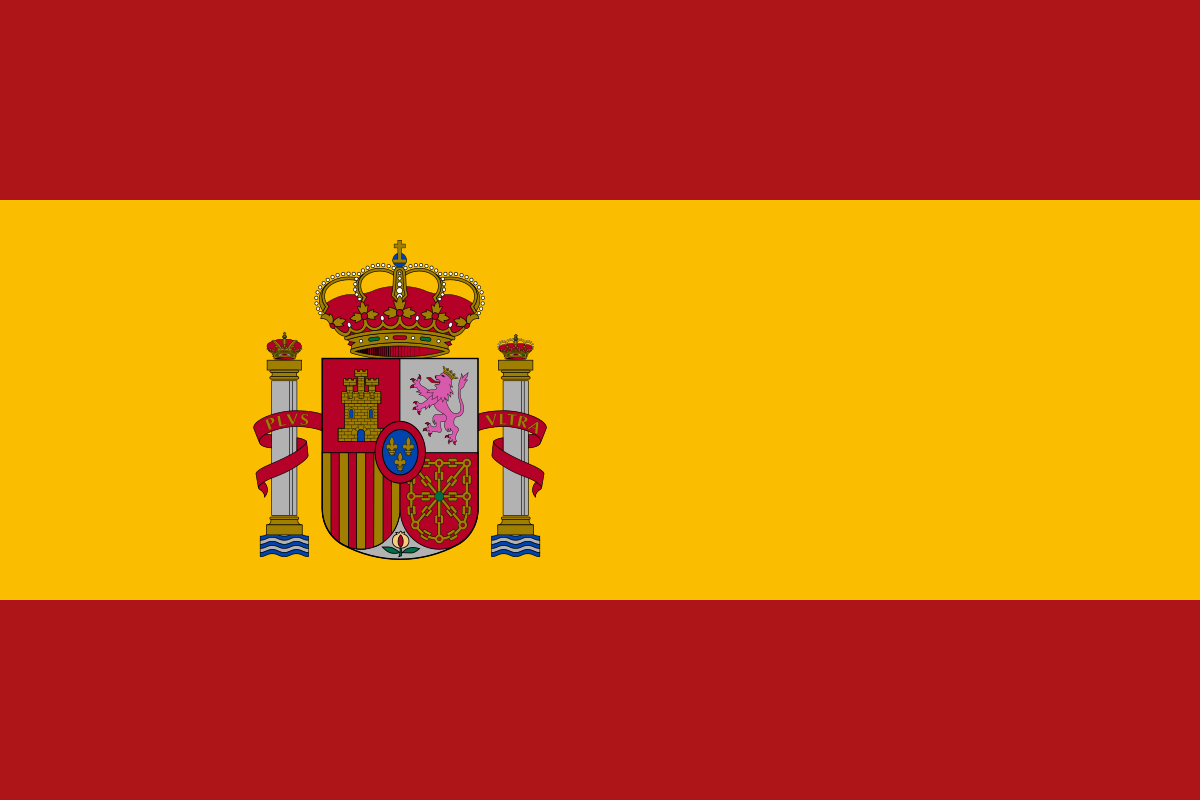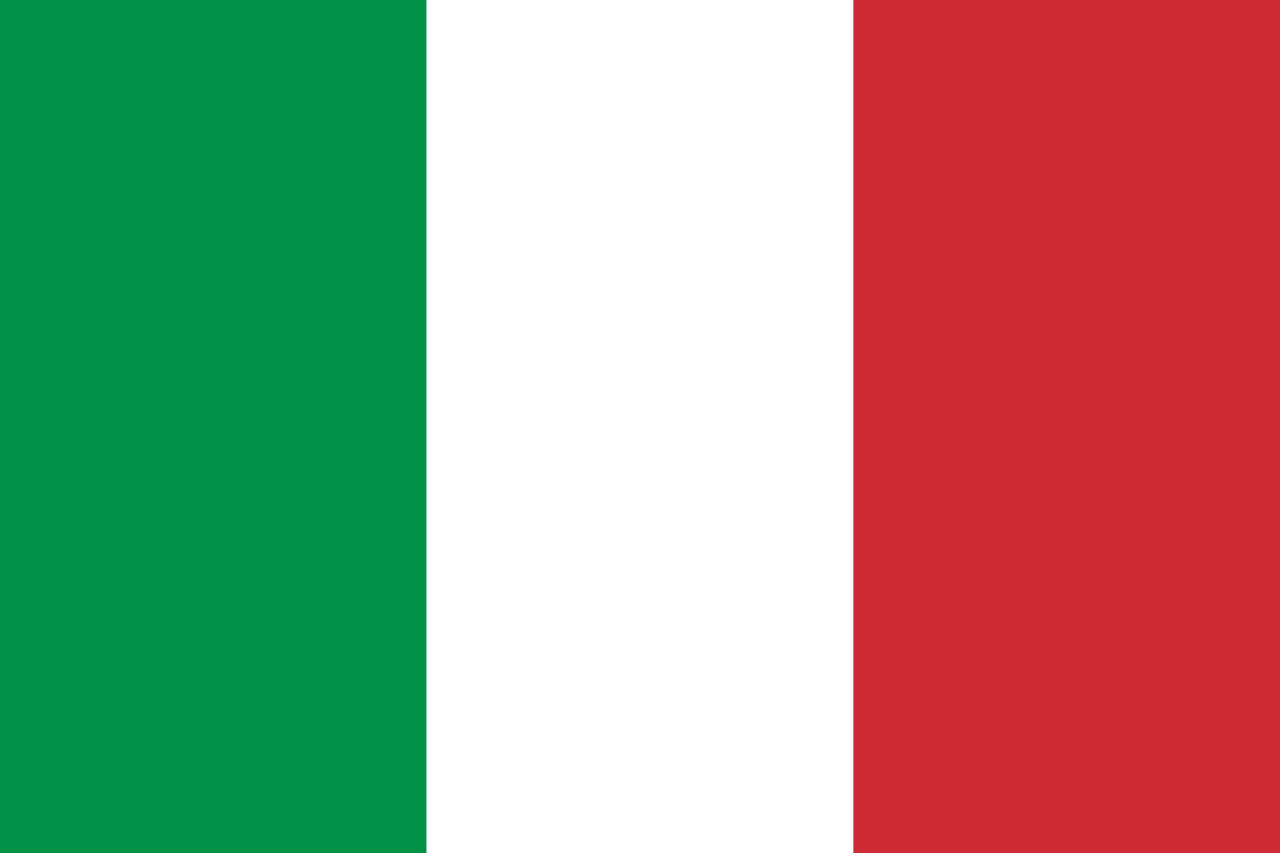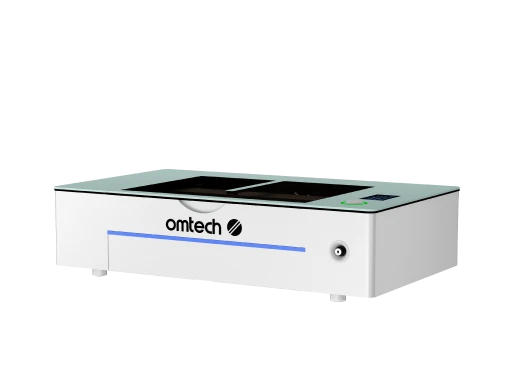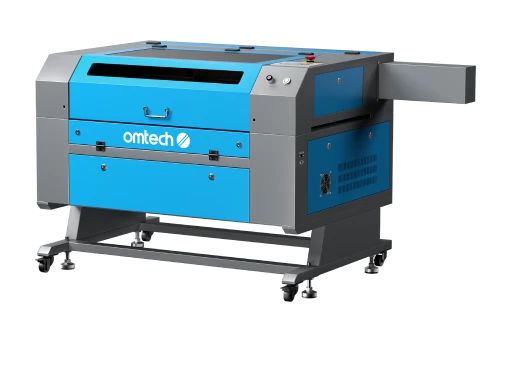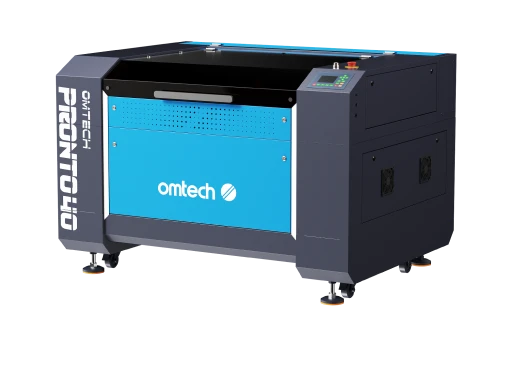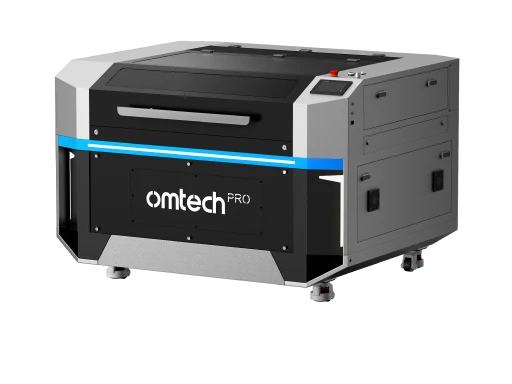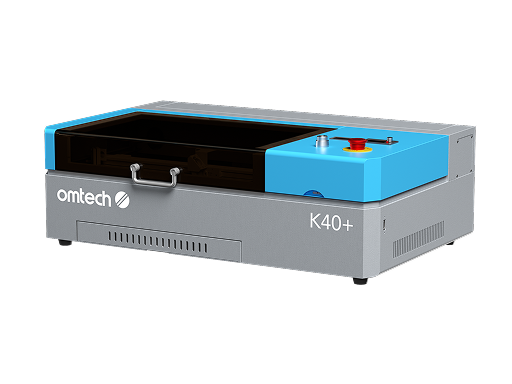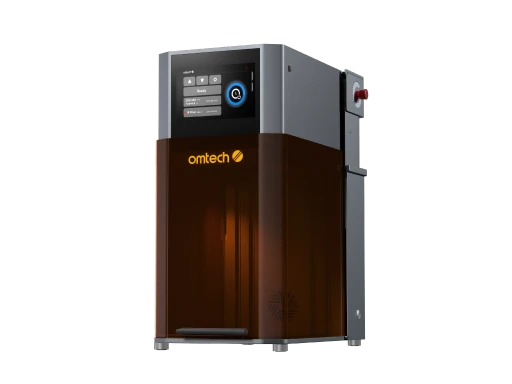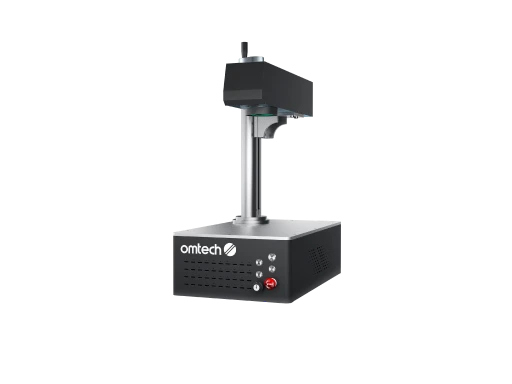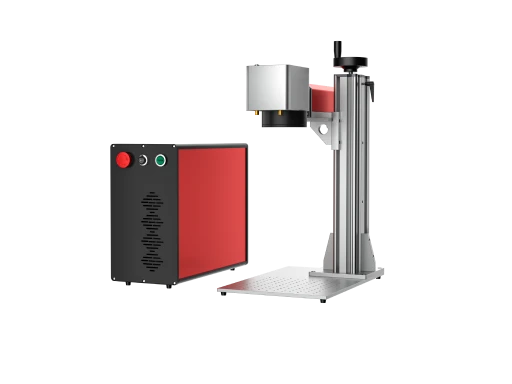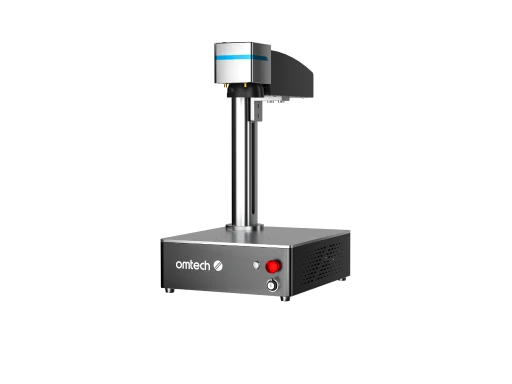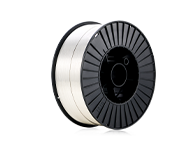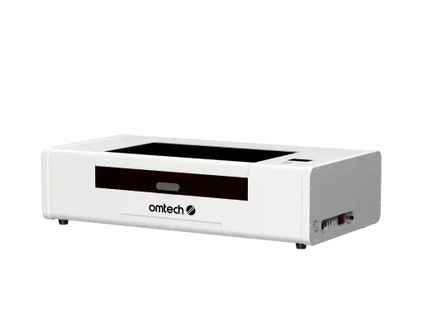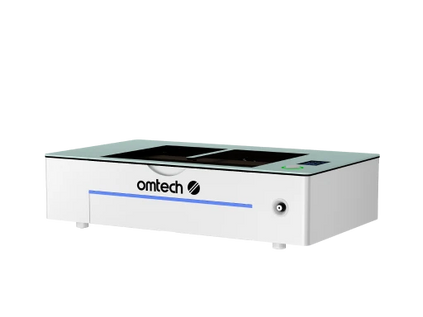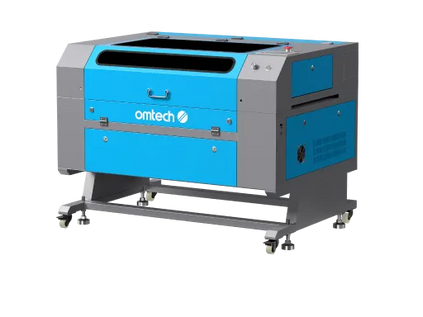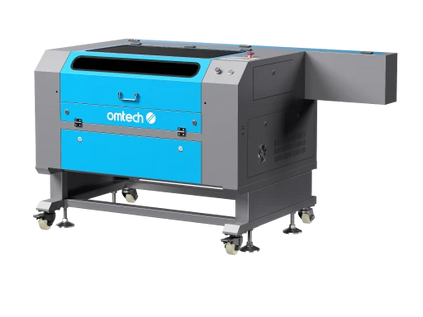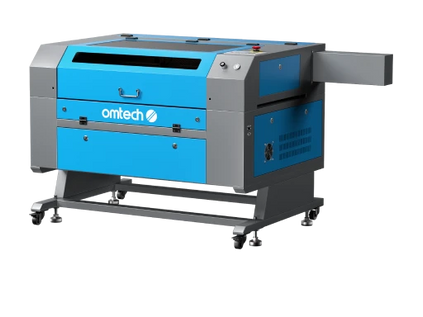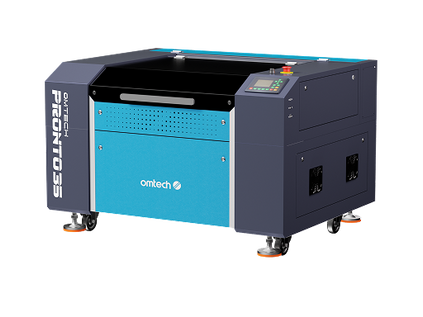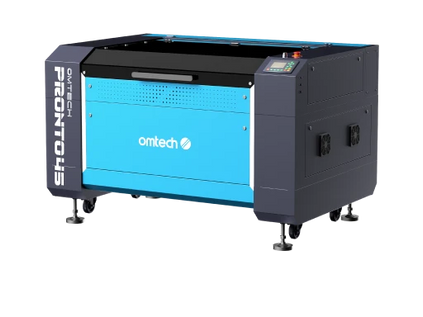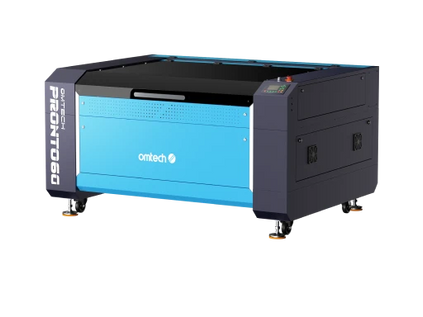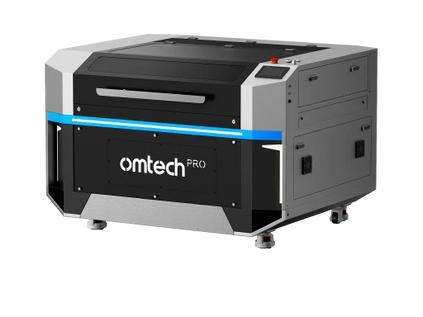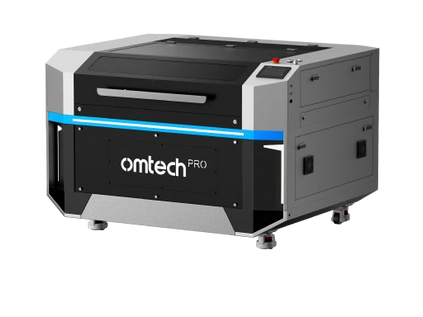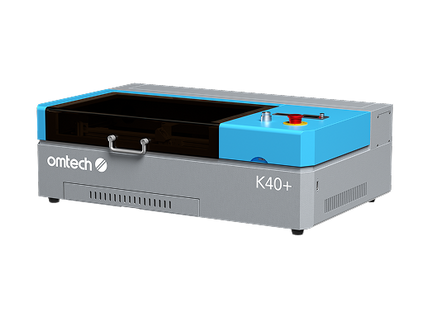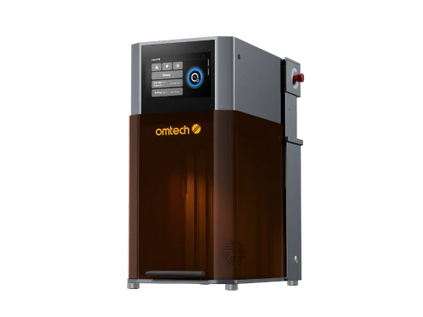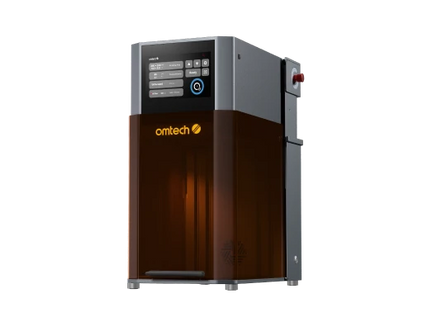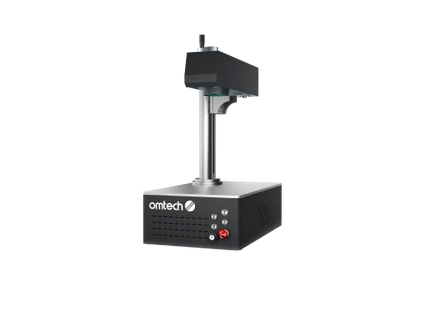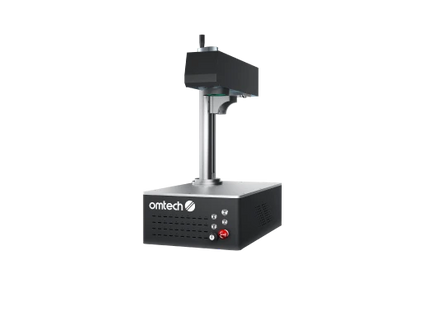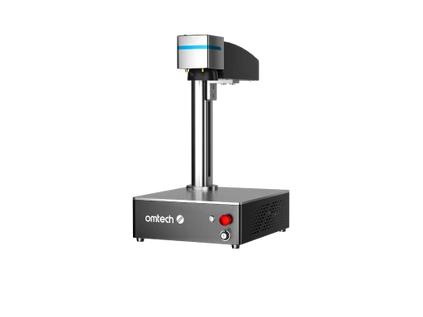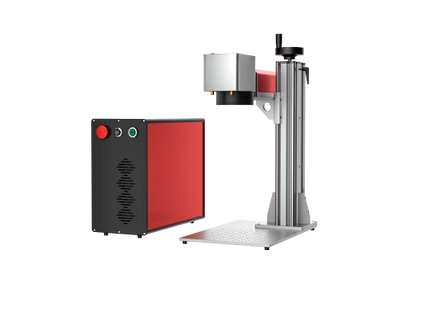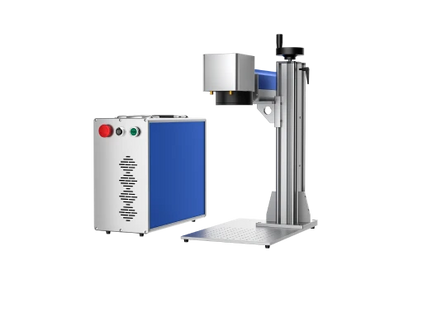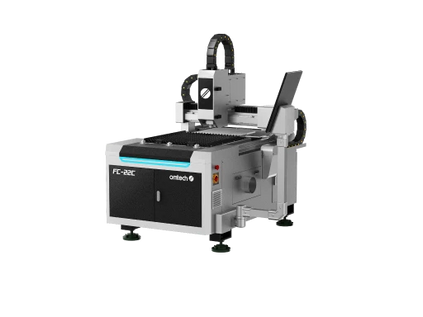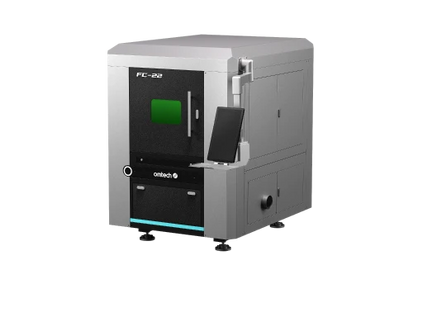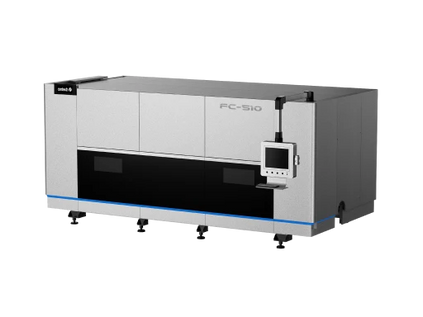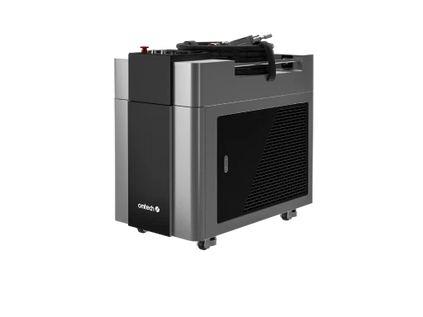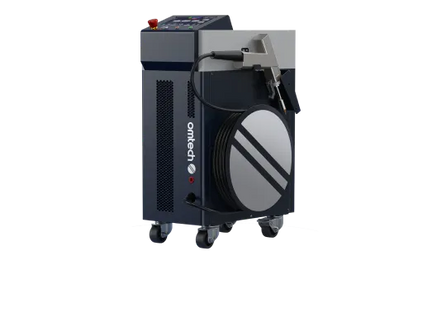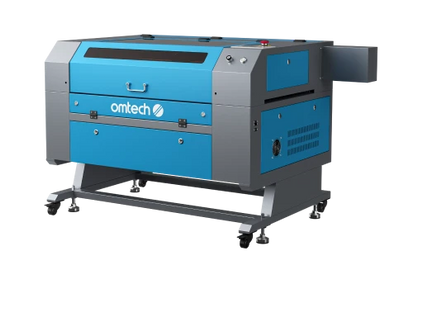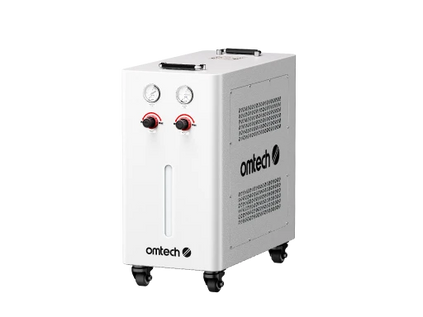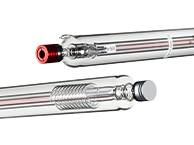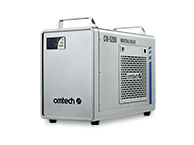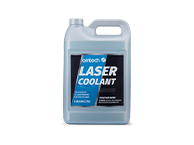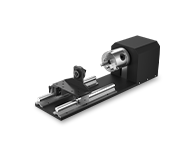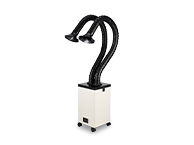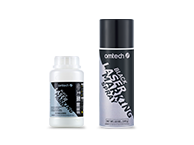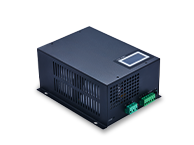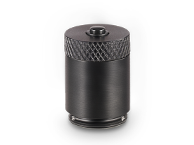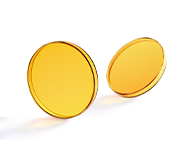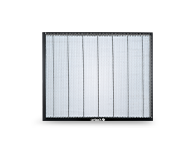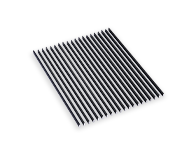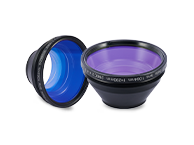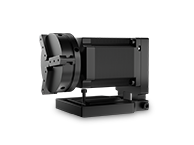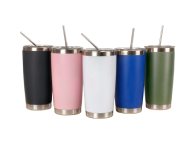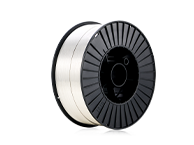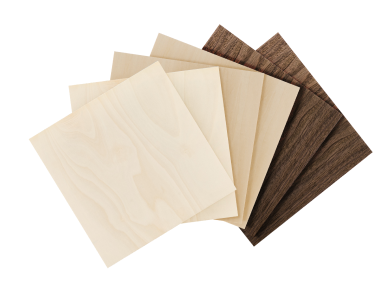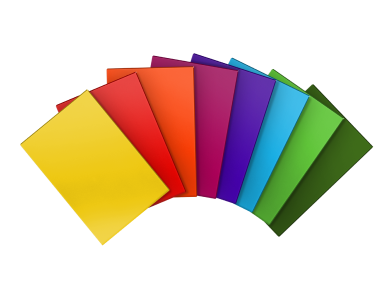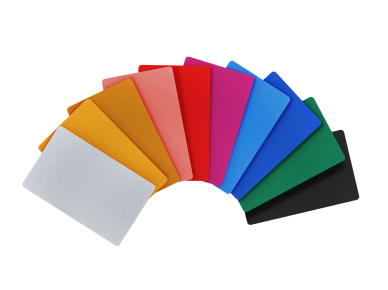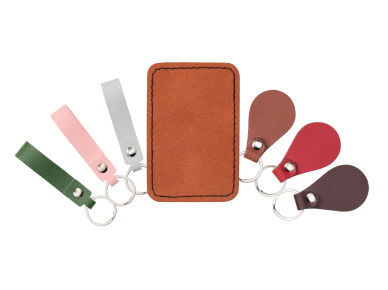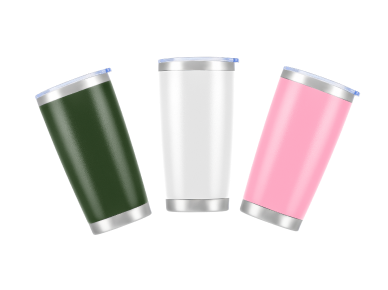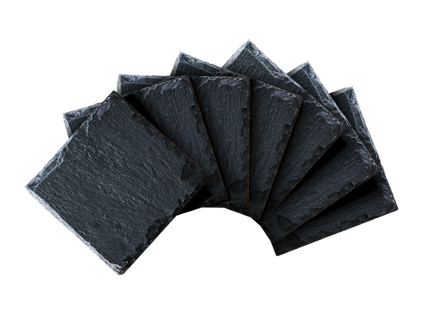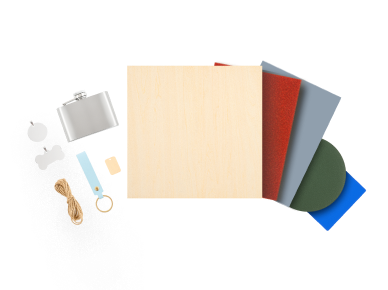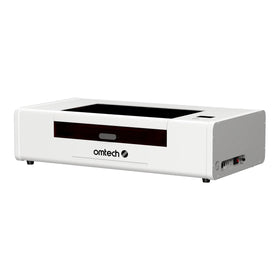How to Print on Fabric: Methods & Strategies

Printing on fabric is a great way to customize your clothing. Ideal for hobbyists or small businesses, your fabric printing methods may differ depending on your situation. When customizing t-shirts, tote bags, pillows, and more, the more production you have, the more important your method becomes. If you’re serious about scaling, improving quality, diversifying into new materials, and increasing production, it’s worth understanding the various print-on-fabric techniques and when to use each.
In this guide, we’ll walk through the major methods for printing on fabric, from screen printing, dye sublimation, reactive printing, pigment printing, and DTF printing. We’ll show you how each method works, its pros and cons, and what will best fit your needs.
Major Fabric Printing Methods

Screen Printing
One of the oldest and most reliable techniques, screen printing pushes ink through a stencil (or mesh screen) onto the fabric. Each color requires its own screen and pass. It’s excellent for bold, solid designs and high-volume runs. Its durability and vivid colors are strengths, but for small runs or highly detailed multi-color designs, the setup cost and labor can be prohibitive.
Dye Sublimation
Dye sublimation is a heat-transfer method that converts dye on transfer paper into gas and bonds it directly into synthetic fibers (typically polyester). The result is a print that becomes part of the fabric—no hand feel, no peeling, and vibrancy is high. However, it’s mostly limited to polyester or specially coated fabrics and lighter color backgrounds.
Reactive Printing
Used mostly with natural fabrics like cotton or linen, reactive printing uses reactive dyes that chemically bond with fabric fibers under heat. The result is good wash fastness and rich color. However, it generally requires pretreatment and steaming steps.
Pigment Printing
Pigment printing applies pigment inks that sit on top of the fabric and are bound in via binders. It’s versatile—usable across many fabric types—and doesn’t always need extensive pretreatment. The downside? Pigment prints don’t always achieve the same depth or long-term vibrancy as reactive dyes.
Transfer Printing
This is a broader category that includes things like heat transfer vinyl (HTV) or ink‑printed transfer papers. You print your design on a paper or film and then heat-press it onto fabric. It’s good for small runs, customization, and mixed materials—but films or vinyl may peel or crack over time, especially on flexible garments.
DTF (Direct-to-Film) Printing
DTF printing is a hybrid transfer method that blends advantages of direct printing and adhesive transfer. It uses a special PET or transfer film as an intermediary. The design is printed (often CMYK plus white) onto the film. While the ink is still wet, a hot-melt adhesive powder is applied, then partially cured. Finally, the film is heat-pressed onto the fabric, bonding the design to the substrate.
The advantage is flexibility: DTF works well on cotton, polyester, blends, nylon, and more. Unlike DTG (which often requires pretreatment) or sublimation (which only works on polyester), DTF doesn’t require heavy pretreatment and supports many fabric types.
The finished print has a slight texture or hand feel (because of the adhesive and ink coating), but well-executed DTF prints are durable, elastic, and resist cracking when properly applied.
Pros & Cons of Fabric Printing Methods
|
Method |
Pros |
Cons |
|
|
|
|
Screen Printing |
|
|
|
Sublimation |
|
|
|
Reactive Printing |
|
|
|
Pigment Printing |
|
|
|
Heat Transfer/HTV |
|
|
In many cases, DTF strikes a practical middle ground: more versatile than sublimation or DTG, more accessible for small / custom runs than screen printing, while offering durability that many heat transfer methods struggle to match.
How to Print on Fabric
Here is a step‑by‑step outline for how to print on fabric using DTF, along with tips for other methods:
-
Design & Artwork
Create your design in high resolution (usually 150–300 dpi or vector). For DTF, include a white underbase if printing on dark fabrics. -
Print on Film
Use your DTF printer to output the artwork onto PET/transfer film. Print CMYK first, then white ink layer. -
Apply Adhesive Powder
While ink is wet, apply hot-melt adhesive powder to the film, ensuring it only adheres to inked areas. Shake away excess. -
Cure / Preheat Film
Pass the film through a curing oven or heat zone to partially melt the adhesive and bind it to the ink. -
Heat-Press to Fabric
Position your film design side down on the fabric. Use recommended temperature (often ~160–170 °C), pressure, and dwell time (often 10–20 seconds, depending on setup). -
Peel Film
Remove the film (hot peel or cold peel depending on film type). If necessary, apply a second press (post-press) to further set the design. -
Post-Press / Cure
Some workflows include pressing again with parchment or Teflon to improve bonding and reduce hand feel.
For other fabric printing methods:
-
Screen Printing: Prepare screens per color, align designs, push ink through mesh, cure ink (via heat or conveyor dryer).
-
Sublimation: Print design on sublimation paper, align to polyester fabric, press at high heat to thermally bond the ink.
-
Reactive / Pigment Printing: Use digital or analog printers, then cure via steaming or high-temperature fixation, followed by washing.
When & Why Choose DTF (vs. Other Methods)
You’ll want to use DTF printing when you want:
-
Full-color, photo-quality prints on a range of fabrics
-
Easy customization, small runs, or many design variations
-
The ability to print on dark garments (white underbase capability)
-
Lower setup complexity compared to screens
-
More durability than basic heat transfers
But you might prefer other methods when:
-
You’re printing huge volume of the same design (screen printing may beat DTF on cost per piece)
-
You require the softest possible fabric hand (true sublimation or reactive may feel more integrated)
-
You're specialized in high-end natural fabrics and want minimal surface ink feel
Recommended Equipment: The OMTech Aurora

If you’re exploring DTF as a long-term printing solution, the OMTech Aurora provides a professional, streamlined way to turn your designs into durable, high-quality transfers. Built for creators, small shops, and growing apparel businesses, Aurora removes many of the variables that typically complicate DTF production.
Key Benefits of the OMTech Aurora
-
All-in-one DTF workflow: Integrated print, powder, and curing system
-
High-resolution print engine: Produces sharp lines, vivid colors, and consistent gradients
-
Automatic white-ink circulation: Reduces clogging and improves long-term reliability
-
Efficient powder application & curing: Ensures proper adhesive melt and clean bonding
-
Durable prints: Flexible film transfers built to withstand repeated wear and washing
-
Beginner-friendly interface: Designed for easy learning and quick setup
-
Supports on-demand production: Great for Etsy shops, apparel startups, or batch work
-
Backed by OMTech support: Training materials, customer assistance, and US-based service
Conclusion
There is no one “best” way to print on fabric—the right method depends on your materials, production scale, design complexity, and budget. Screen printing remains strong for classic, bold designs in volume; sublimation offers ink-fused, no-feel output on polyester; reactive and pigment inks work beautifully for natural fibers. But DTF printing has emerged as a highly flexible, mid-path technique—combining versatility, color detail, and relative ease of setup.
If you want a method that handles diverse materials, supports photo-level designs, and scales from hobby to business, DTF is well worth exploring. Use the right equipment, accurate color workflow, and controlled heat transfer process—and you can produce vibrant, durable prints across many fabrics.



